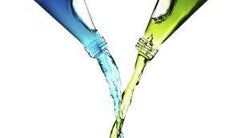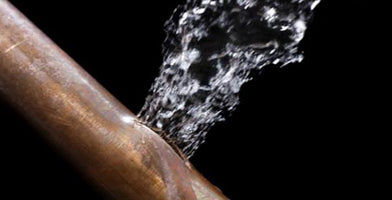A hydronic heating or cooling system is one of the most efficient types of systems when it comes to providing comfort for a building. Thanks to the serviceability of the major components, a building owner can maintain their system for optimal efficiency and system life.
When servicing hydronic equipment, we often take the following steps:
- The equipment is isolated
- System fluid drained
- Maintenance performed
- Glycol fluid is replaced
What happens to glycol in HVAC systems? Once the fluid is replaced, the glycol solution may be diluted to a concentration lower than design. A system with overly diluted glycol leads to undesired performance, a reduction of corrosion inhibitors, and (for colder climates) a reduction in freeze/burst protection. Correcting glycol concentration is easy using on-site heat transfer fluid testing.
Refractometer Test
We recommend testing your heat transfer solution concentration whenever the system has been serviced using an easy, on-site fluid analysis tool such as a refractometer. Refractometers measure the glycol concentration and gives the antifreeze freezing point. This instrument requires only a few drops of fluid for glycol testing and requires no adjustment for fluid temperature.
The below video demonstrates how to test your system using a refractometer.
Please find below the Freezing and Boiling Points chart used in our how-to video for both DOWFROST and DOWFROST HD Propylene glycol and DOWTHERM SR-1 Ethylene Glycol.

Propylene Glycol Freezing and Boiling Point Chart (DOWFROST and DOWFROST HD)

Ethylene Glycol Freezing and Boiling Point Chart (DOWTHERM SR-1)

Upon completing your glycol testing, you may need to increase your system's concentration using glycol addition. Our concentration correction calculator makes it easy to determine how much glycol is needed (100% concentrated) to bring your solution back to the required levels. See our glycols available for purchase online here.
Need additional help? Contact us today.










